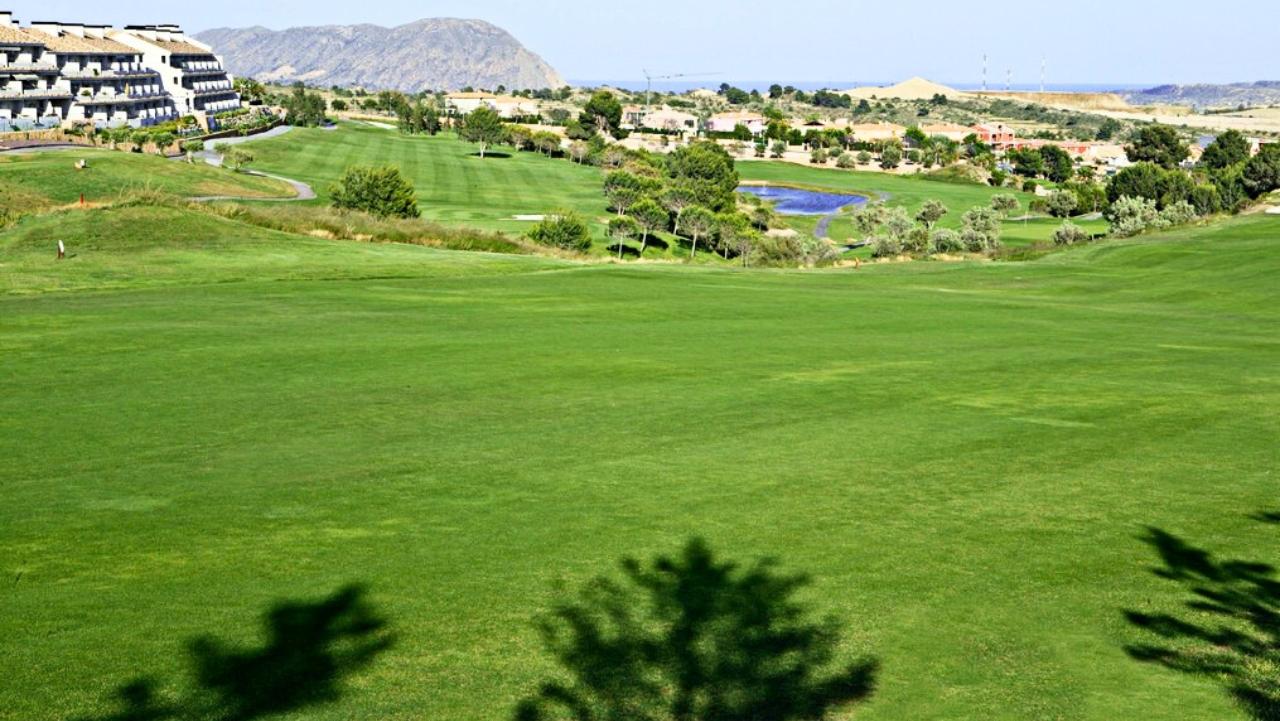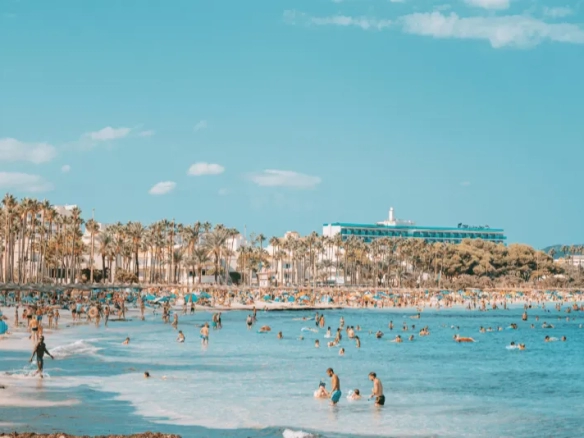Golf Tourism on the Costa Blanca: A Year-Round Economic Boost
The Costa Blanca, located on Spain’s southeastern coast, is renowned for its stunning landscapes, favourable climate, and vibrant tourism industry. While the region is a favourite summer destination, its appeal stretches well beyond the traditional beach holiday season.
One major factor contributing to this year-round allure is golf tourism. Particularly during the cooler months, the Costa Blanca attracts visitors, seeking mild temperatures and outdoor activities. This content explores the significant role that golf tourism plays in driving the local economy and supporting year-round prosperity for the region.
Why the Costa Blanca?
Favourable Climate
The Costa Blanca boasts a Mediterranean climate, with mild autumn, winter, and spring seasons. These pleasant conditions make it an attractive destination for golfers looking to escape harsher climates in their home countries. Tourists from all over Europe, especially the colder countries, in particular, flock to the area to enjoy warm weather and top-quality golf courses, avoiding the colder winters back home.
Year-Round Tourism Appeal
Unlike many tourist hotspots that experience a sharp drop in visitor numbers during the off-peak season, the Costa Blanca has found a solution to this challenge: golf.
Golf tourism offers a steady stream of visitors throughout the year, reducing the typical seasonal fluctuations that many Mediterranean destinations experience. This consistency brings enormous benefits to the local economy, providing a dependable source of revenue even outside of the summer months.
The Role of Golf Tourism
A Major Economic Driver
Golf has become a cornerstone of the Costa Blanca’s tourism industry. The impact of golf tourism extends far beyond the greens and fairways. Each year, the sport contributes significantly to the local economy, particularly within the broader Valencian Community. It is estimated that the golf sector generates around 500,000 overnight stays annually in hotels across the region, providing a much-needed boost to the accommodation sector during the quieter months.
Financial Impact on the Region
The financial injection from golf tourism is substantial. The industry generates around €745 million annually, which benefits various sectors, including dining, transport, and retail. This economic activity supports both local businesses and multinational companies operating in the area. From high-end restaurants to car hire companies, many businesses thrive thanks to the year-round influx of golf tourists.
Employment and Local Support
Job Creation
One of the most significant impacts of golf tourism is its role in job creation. The industry supports over 9,000 jobs within the Valencian Community. This employment extends across many sectors, including hospitality, transport, and retail. These jobs help sustain the livelihoods of local residents, many of whom rely on tourism for their income.
Reducing Economic Fluctuations
Golf tourism plays a crucial role in stabilising the local economy by mitigating the effects of seasonal fluctuations. While traditional beach tourism peaks in the summer, golf ensures a more balanced influx of visitors throughout the year. This has a ripple effect, benefiting not only the tourism sector but also other areas of the economy, including agriculture and local crafts, which see increased demand due to the steady flow of tourists.
The Broader Impact on the Valencian Community
Regional Benefits
While the Costa Blanca is a prime destination for golfers, the benefits of golf tourism extend to the wider Valencian Community. Nearby regions such as Alicante and Valencia also benefit from the economic uplift brought by the influx of tourists. Hotels, restaurants, and shops across the community see an increase in trade, contributing to a stronger overall economy.
Infrastructure and Investment
The success of golf tourism has led to further investment in the region’s infrastructure. This includes the development of new golf courses, improvements to transport links, and enhanced facilities for tourists. Such investments not only improve the experience for golfers but also enhance the region’s overall attractiveness to a wider range of tourists.
A Sustainable Future for Golf Tourism
Environmental Considerations
While the economic benefits of golf tourism are clear, the industry is also working to ensure that it operates sustainably. Many golf courses on the Costa Blanca are adopting eco-friendly practices, including water conservation measures and efforts to protect local biodiversity. This is essential for ensuring that the industry continues to thrive without harming the natural environment that attracts so many visitors in the first place.
Future Growth Potential
The future of golf tourism on the Costa Blanca looks promising. With ongoing investment in both golf facilities and general infrastructure, the region is well-positioned to maintain its status as a leading golf destination. As more tourists seek active, outdoor holidays, the demand for high-quality golf experiences is likely to grow, further boosting the local economy.
Conclusion
Golf tourism has proven to be a vital component of the Costa Blanca’s tourism industry, providing year-round economic stability and supporting thousands of jobs. The region’s favourable climate, coupled with world-class golf facilities, ensures a steady influx of visitors, particularly during the cooler months. As a result, the local economy benefits from increased spending on accommodation, dining, transport, and retail, creating a virtuous cycle of growth and prosperity. Looking ahead, the continued success of golf tourism on the Costa Blanca will depend on sustainable practices and ongoing investment in infrastructure, ensuring that this key sector remains a driving force in the region’s economy.
FAQs
- Why is the Costa Blanca a popular destination for golfers?
The Costa Blanca offers mild weather throughout the year, making it an ideal location for golfers who wish to escape colder climates, particularly in autumn and winter.
- How does golf tourism benefit the local economy?
Golf tourism generates significant revenue, with around €745 million annually contributing to sectors such as hospitality, retail, and transport. It also supports over 9,000 jobs in the Valencian Community.
- How many overnight stays does golf tourism create on the Costa Blanca?
Golf tourism generates around 500,000 overnight stays in hotels each year, providing a boost to the accommodation sector, especially during off-peak seasons.
- What impact does golf tourism have on seasonal fluctuations in the region?
By attracting visitors year-round, golf tourism helps reduce the seasonal fluctuations typically experienced by tourist-dependent areas, ensuring a more stable economy.
- Is golf tourism sustainable in the Costa Blanca?
Many golf courses in the region are adopting environmentally friendly practices, such as water conservation and protecting local ecosystems, ensuring the long-term sustainability of the industry.
Related Properties
Explore more stunning golf course properties by clicking the options below—your dream home awaits!





